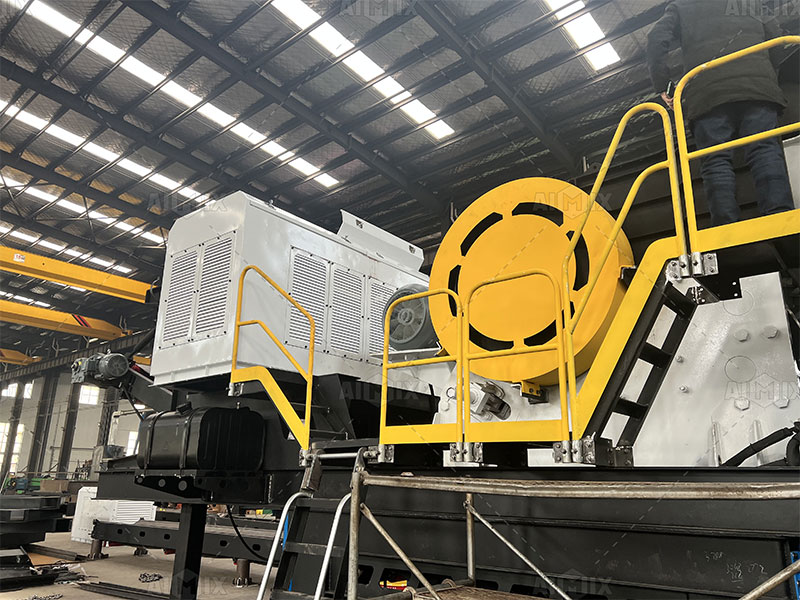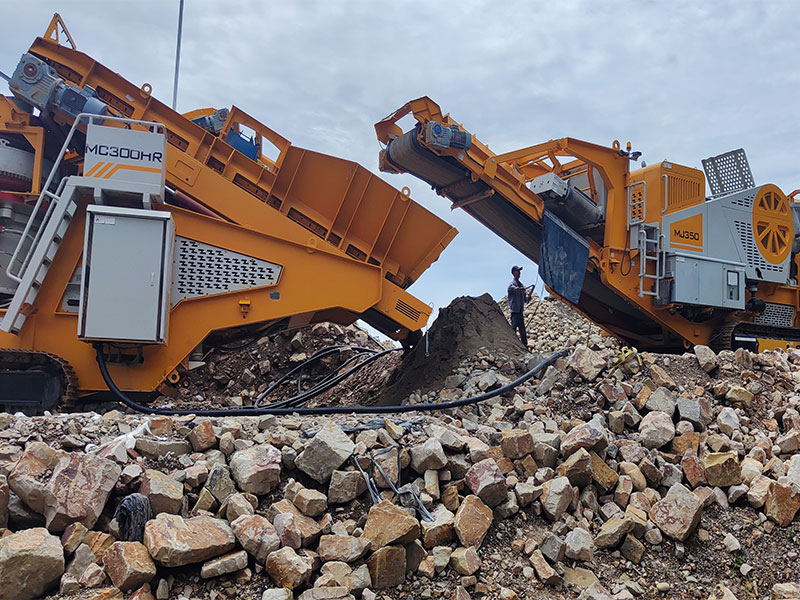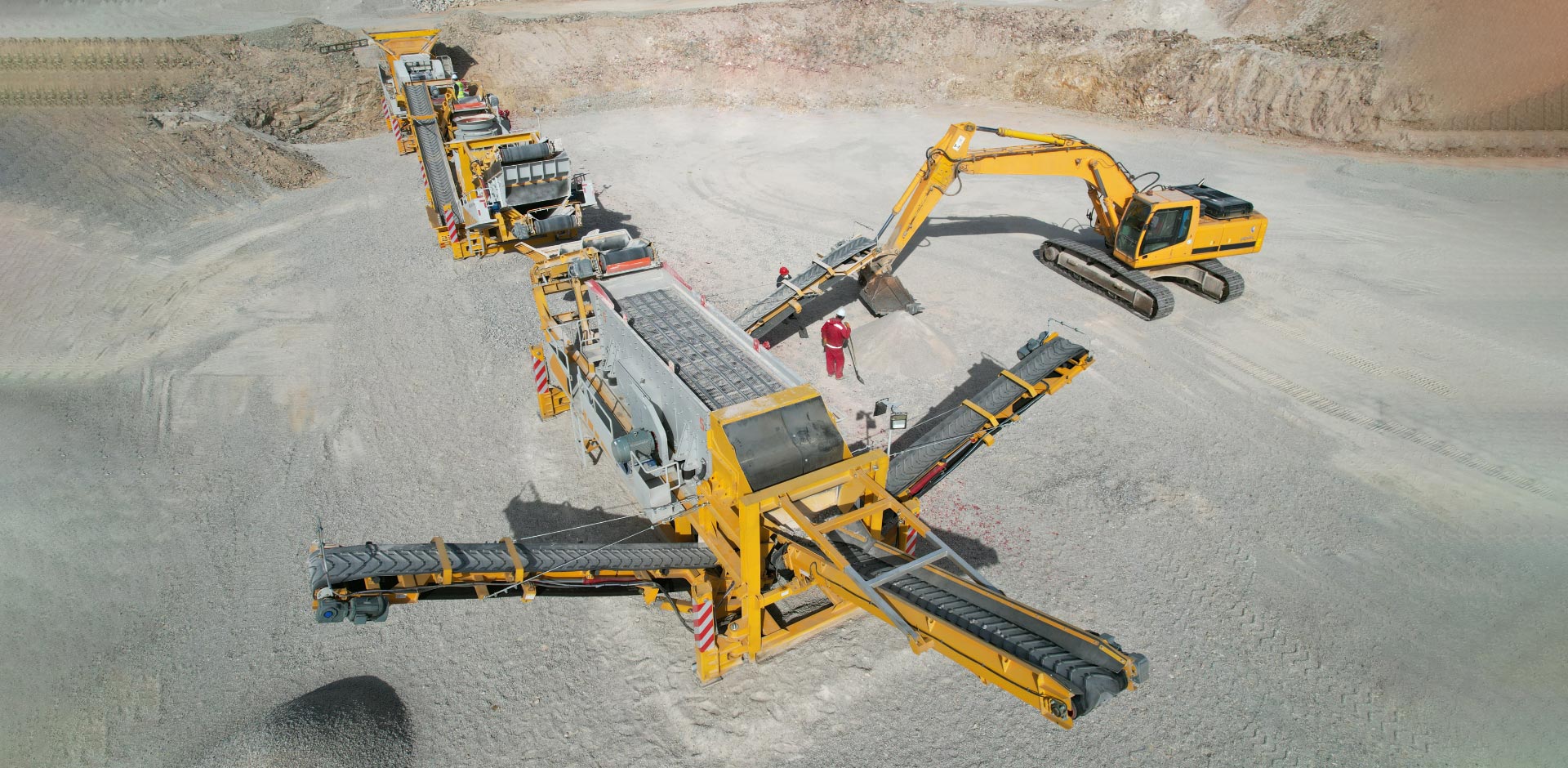Stone crushing plants are essential in various industries, such as mining, construction, and road building. While these plants play a crucial role in material processing, they are often energy-intensive operations. Optimizing energy use in stone crushing plants not only reduces operational costs but also contributes to environmental sustainability. In this article, we will explore strategies to control and optimize energy consumption in stone crushing plants while maintaining productivity.
I. Efficient Equipment Selection
The foundation for energy-efficient stone crusher machine plant begins with the selection of appropriate equipment:
Energy-Efficient Crushers: Choose crushers that are energy-efficient and suitable for the specific material type and size. Modern crushers often come with advanced technologies, such as variable speed drives and intelligent control systems, which can optimize energy consumption.
Screening Equipment: Incorporate efficient screening equipment, like vibrating screens, to separate materials into different sizes. Properly sized screens reduce overloading, which can lead to energy waste.

II. Proper Plant Design and Layout
The design and layout of the stone crushing plant can significantly impact energy efficiency:
Optimal Location: Place the plant in a location that minimizes the distance materials need to be transported, reducing energy consumption associated with material handling.
Effective Conveyor Systems: Design conveyor systems that minimize energy use by employing efficient belts and motors. Implementing variable frequency drives (VFDs) allows for speed adjustments to match the material flow.
III. Material Handling Efficiency
Efficient material handling is critical for controlling energy consumption:
Material Preprocessing: Implement processes like pre-screening or pre-sorting materials to reduce the amount of oversized or non-target materials entering the stone crusher. This reduces energy waste by ensuring that only materials requiring crushing are processed.
Proper Stockpiling: Organize stockpiles efficiently to minimize rehandling. Properly segregate materials based on size and type to streamline material handling processes.

IV. Crusher Settings and Optimization
Optimizing crusher settings can have a substantial impact on energy efficiency:
Closed-Side Setting (CSS): Adjust the CSS to control the size of the crushed product. Smaller CSS settings result in finer products but require more energy. Finding the right balance between product quality and energy consumption is crucial.
Crusher Speed: Adjust the crusher’s rotational speed to match the material’s characteristics. Slower speeds can be used for softer materials, reducing energy consumption.
Chamber Configuration: For cone crushers, consider changing the chamber configuration to adapt to different materials. Utilize advanced automation systems that optimize crusher settings based on real-time conditions.
V. Energy Management Systems
Implementing energy management systems can help monitor and control energy consumption:
Energy Audits: Conduct regular energy audits to identify areas where energy consumption can be reduced. These audits help in pinpointing inefficiencies and areas for improvement.
Monitoring and Control: Install energy monitoring systems that provide real-time data on energy consumption. Use this data to identify trends and adjust operations to reduce energy use during peak demand periods.
VI. Sustainable Power Sources
Consider utilizing sustainable power sources to reduce reliance on conventional energy sources:
Renewable Energy: Explore the use of renewable energy sources such as solar panels or wind turbines to generate electricity for the plant’s operations. This can significantly reduce energy costs and environmental impact.
VII. Employee Training and Engagement
Well-trained and engaged employees can contribute to energy efficiency efforts:
Training: Provide training to plant operators and maintenance personnel on energy-efficient practices and the proper use of mobile stone crusher machine. Ensure they are aware of the energy-saving potential of equipment features.
Engagement: Encourage employee involvement in energy conservation initiatives. Create a culture of energy awareness where employees actively identify and report opportunities for improvement.
VIII. Regular Maintenance and Equipment Upkeep
Proper maintenance practices are essential for energy efficiency:
Scheduled Maintenance: Establish a regular maintenance schedule to ensure equipment operates at peak efficiency. Well-maintained equipment requires less energy to function effectively.
Component Optimization: Regularly inspect and replace worn or damaged components, such as worn liners and worn-out conveyor belts. Well-maintained equipment is more energy-efficient.
IX. Environmental Considerations
Consider the environmental impact of stone crushing operations:
Dust Control: Implement dust control measures to prevent airborne dust particles. Dust can increase energy consumption by clogging filters and cooling systems.
Noise Reduction: Reduce noise emissions through equipment design and maintenance practices. Excessive noise can indicate energy wastage through vibration and friction.
Conclusion
Optimizing energy use in stone crushing plants is a multifaceted endeavor that requires a holistic approach. By selecting efficient equipment, designing plant layouts for material handling efficiency, controlling crusher settings, implementing energy management systems, considering sustainable power sources, engaging and training employees, conducting regular maintenance, and addressing environmental concerns, crushing plants can significantly reduce energy consumption while maintaining or improving productivity. These efforts not only lead to cost savings but also contribute to a more sustainable and environmentally responsible operation. Prioritizing energy efficiency in stone crushing plants is a step towards a greener and more cost-effective future for the industry.
